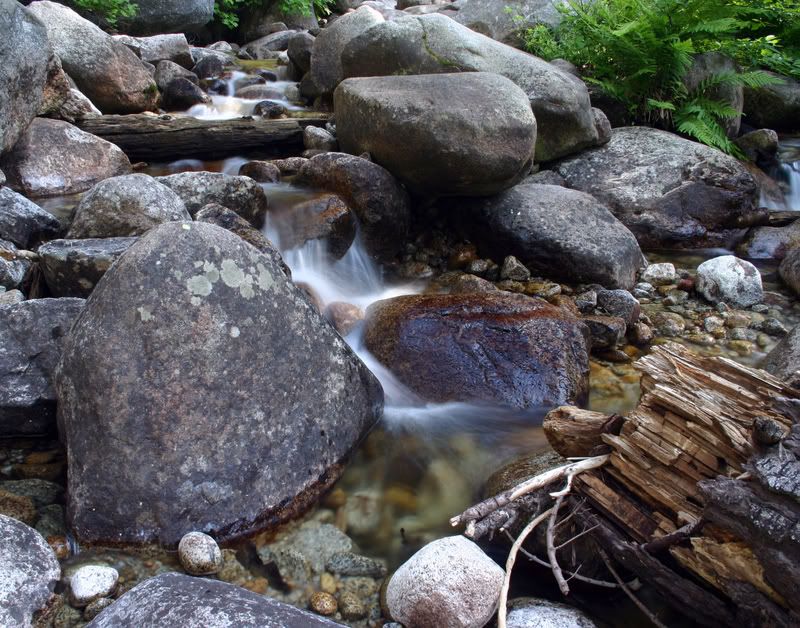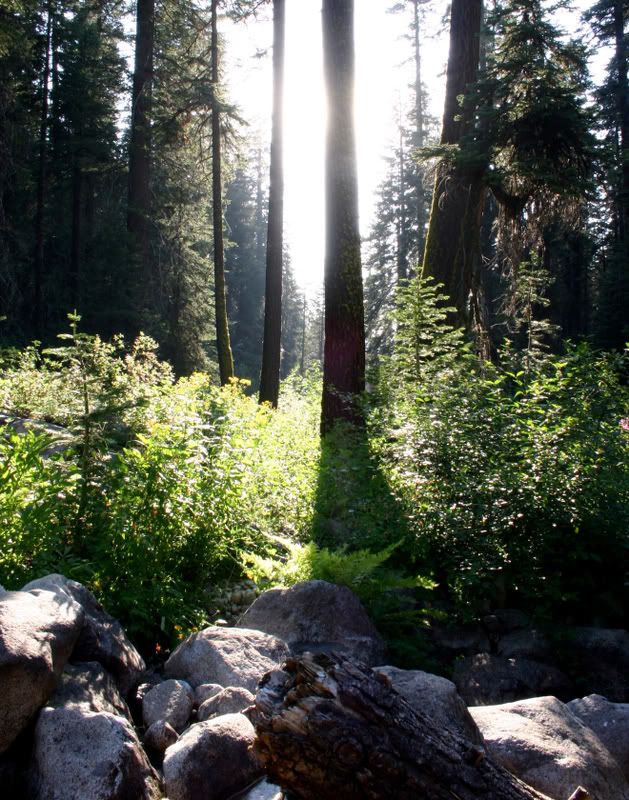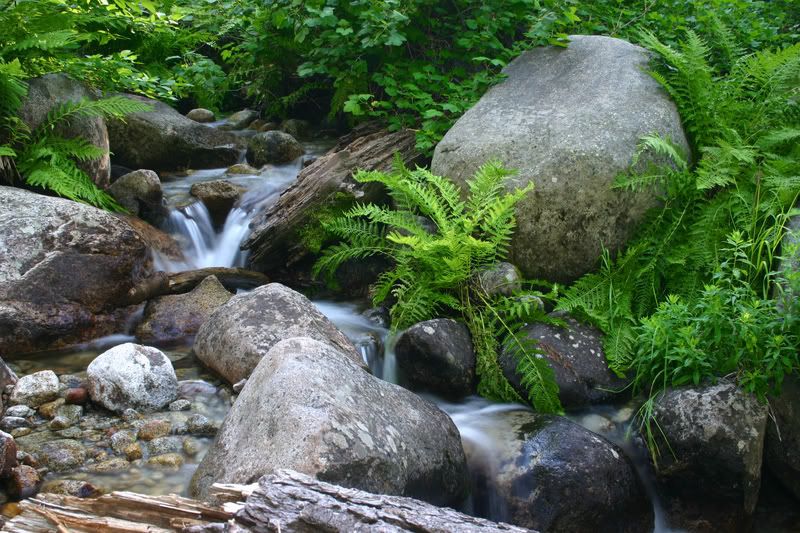Photog
Explorer
Clark White said:I'd love to critique those shots, but I'm not sure I see anything that I might have done differently, and certainly nothing I could have done better. :bowdown: The shot of the wave has to be one of the best wave pictures I've ever seen. Maybe a half step lighter? That might take away some of the drama though, so I'm not totally sure that would have been a good thing. As for the dunes, I really don't think there is anything anyone might have done differently.
Clark
Clark,
Good eye, on the exposure.
Also: Critique does not always mean to suggest corrections. More like impressions, technique, qualities, rules, guidelines, things to improve, things gone wrong, alternatives, or just "YUCK"
Last edited:















